Buxus: [Characteristics, Cultivation, Care and Disadvantages]
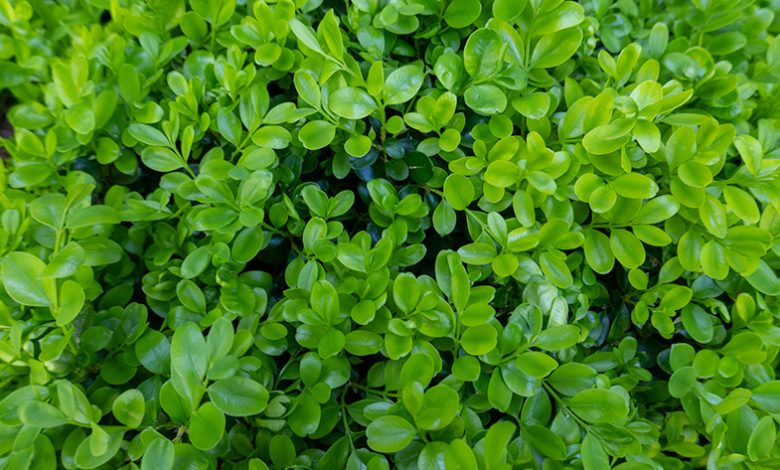
Important points when sowing Buxus:
- When? Using seeds, buxus is sown during the fall or spring for a better development of the plant.
- Where? The buxus is a species that can be planted in semi-dry soils, scrub areas and is widely used to decorate the interiors of homes or public buildings.
- How do we water? The buxus needs watering to be frequent, but not excessive, without flooding the plant and to be suitable for the seasons of the year.
- How often do we water? The frequency for watering the buxus should take into account the level of drought of the substrate to irrigate the land before it dries out completely.
- What care does it require? The buxus is a very resistant and long-lived species and among its care we can mention: the substrate must be loose, rich in lime and with a neutral pH, although the buxus develops in any type of soil, including rocky ones.
- What pests and diseases affect you? Mealybugs, Pseudometria rousseliana, Mycosphaerella patouillardii, Ascochyta or Phyllosticta buxina and Phytophthora cinnamomi.
What characteristics does the buxus plant have?
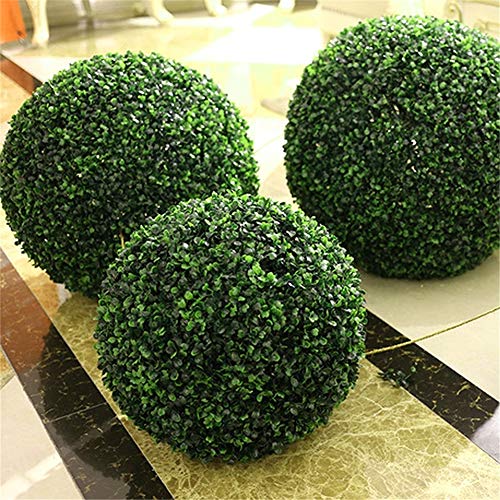 Buxus is the scientific name given to the plant better known as Boxwood and belongs to the Buxaceae family.
Buxus is the scientific name given to the plant better known as Boxwood and belongs to the Buxaceae family.
It is a shrub with rigid branches that can reach 5 meters in height and is native to Europe, Asia, Africa and America.
It has small and very abundant coriaceous leaves, oblong or oval in shape, green in color and can be alternate or opposite.
The flowers of the buxus plant are small and grow in bunches, but they are not interesting from an ornamental point of view, although they give off a pleasant smell.
Its fruits are similar in size to chickpeas and usually have a rounded shape with three characteristic spikes on one side. The buxus plant is highly valued for the resistance of its fine and heavy wood, which is twice as hard as oak wood.
It is a shrub that is characterized by its poisonous condition, both the plant itself and its fruits. Buxus wood is generally used to make handicrafts, tools, among others.
The buxus forms a group of more than 100 different species of tropical and subtropical shrubs, highly appreciated throughout the world. Some of the best known species of buxus are: B. Sempervirens, B. Balearica, B. Sinensis, B. Japonica, B. microphylla, B. Obtusifolia and B. Citrifolia.
When to sow the buxus?
Using seeds, buxus is sown during the fall or spring for a better development of the plant. Buxus can also be easily propagated by taking semi-ripe cuttings in late summer, as the new growth begins to firm up.
Cuttings quickly root in open ground, if the soil is moist and there is some shade. On the other hand, more reliable results can be obtained by placing the cuttings in a cold frame or similar environment.
Where to plant the buxus?
The buxus is a species that can be planted in semi-dry soils, scrub areas and is widely used to decorate the interiors of homes or public buildings. It is a plant that adapts very well to most soils, including rocky ones, but it prefers limestone substrates with a neutral pH.
How do we water the buxus?
The buxus needs watering to be frequent, but not excessive, without flooding the plant and to be suitable for the seasons of the year. That is, abundant and frequent during the summer and a little less in quantity of water the rest of the year.
How often do we water the buxus?
The frequency for watering the buxus should take into account the level of drought of the substrate to irrigate the land before it dries out completely. However, it is important to avoid excess water and puddled soil.
In this way, it is best to water the plant when the surface of the earth begins to dry, but not the interior. During the winter and autumn months, it is best to limit watering to once a week.
How to plant a buxus step by step?
To plant buxus and obtain good results, it is recommended to use healthy cuttings from a vigorous plant. When planting is done by seeds, its development and growth is very slow.
- Cut a cutting from a buxus that is healthy and strong.
- Select a large pot with good drainage holes.
- Fill with universal substrate that has a neutral pH or with limestone soil.
- Water abundantly without flooding the soil and keep the substrate fresh. Making sure the plant never dries out.
- Locate the potted plant in a well-lit place in full sun or semi-shade.
- Transplant to a larger pot so the roots can get more room.
- In a nursery area buxus can be planted, spacing the plants 30-45 cm apart and allowed to grow for three or four years.
What care does buxus need?
The buxus is a very resistant and long-lived species and among its care we can mention: The substrate must be loose, rich in lime and with a neutral pH, although the buxus develops in any type of soil, including rocky ones.
It prefers sunny outdoor locations and can also be grown in partial shade. It is ideal for planting under taller bushes. Avoid excessive watering, since it is a plant that can be easily affected by fungi produced by long periods of humidity.
Gardeners and experts recommend annual pruning, one in May and another in September or October, to shape the plant. To prune the buxus special tools and scissors should be used and intended only for this, since it is a poisonous species.
Once the buxus crop is established, it is necessary to apply a liquid fertilizer for general use, once a month, during the summer. Keep the crop away from children and animals because it is a poisonous plant both in its leaves and in its fruits.
What pests and diseases affect buxus?
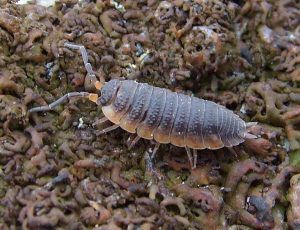 The buxus genus is very resistant to pests and diseases in general, but there is currently great concern about pests that appear in crops and diseases caused by fungi.
The buxus genus is very resistant to pests and diseases in general, but there is currently great concern about pests that appear in crops and diseases caused by fungi.
Mealybugs
Mealybugs, which affect almost all ornamental plants, can appear on buxus, nailing their sucking beak on leaves, stems and fruits.
The Boxwood Mosquito also affects the plant and is characterized by the fact that the leaves have galleries that make larvae 3 millimeters long. Mealybugs and mosquitoes can be combated by spraying buxus in spring and summer.
Mealybug sprays can also kill mites.
Rousselian pseudometry
That usually appears in old plants and in injured or broken branches. It is the most serious disease of buxus. It decreases its growth and vigor; the leaves take on a yellowish or tobacco color and remain attached to the branches.
Mycosphaerella patouillardii
The edges of the leaves have white spots, on which black dots can be seen, leaving the leaves with bites.
Ascochyta or Phyllosticta buxina
produces rounded straw-yellow or brown spots with black dots on buxus leaves.
Phytophthora cinnamomi
They cause root rot. Buxus leaves discolor and the plant withers and dies. All of them can be combated by spraying the hedges in spring and summer and with the use of acaricides and insecticides.
How long does buxus live?
It is a species of great longevity that is capable of reaching an average of 600 years of life.
How long does buxus take to grow?
It grows rapidly and may be well formed at only 3 years of age.
How long does it take to produce fruit?
It is able to start the production of flowers and fruits after 3 or 4 years of being planted.
Can it be grown in a pot?
Yes, it can be grown in a pot.
In fact, it is one of the most used species in this modality to embellish areas such as terraces or balconies, especially on floors.
How many times does buxus produce fruit?
It carries out a single fruiting cycle per year.
Should buxus be pollinated to obtain fruit?
Yes. Its flowers are monoecious and are pollinated with the help of insects.
How cold can buxus tolerate?
It is resistant to cold and is even capable of tolerating an eventual frost that brings temperatures down to -10° C.
How many buxus can be planted per hectare?
It is not a species that is usually planted per hectare. Rather, its benefits are associated with the natural construction of hedges.
What kind of fertilizer does buxus need?
You can work with organic fertilizers, such as humus, or with fertilizers for green plants. Both during the warm time of the year.
How much heat and/or drought can buxus tolerate?
It does well with warm temperatures, although it is better that they are not above 35 ° C.
As for the drought, it has no major drawbacks.
Bibliographic references
- Keys to the cultivated taxa of the genus Buxus L. in the province of Valencia, DG Ortiz, G Mateo, JAR Picornell – Bouteloua, 2008 – dialnet.unirioja.es
- Cuban buxus: a collection in the National Botanical Garden, RR Rodríguez, ÁL Sánchez, IS Pérez… – Revista del Jardín…, 1999 – JSTOR
- Boxwood Fire Blight, F Baysal-Gurel, P Liyanapathiranage – tnstate.edu
- Effect of auxins on the rooting of cuttings of Buxus sempervirens L. at different times of the year, PP Langé – 2014 – Bibliotecavirtual.unl.edu.ar
- Cuban buxus: an ornamental potential, RR Rodríguez, IS Pérez, ÁL Sánchez – Revista del Jardín Botánico…, 2004 – JSTOR
- Improvement of seed germination of threatened Andalusian species: Euollymus latifolius, Buxus sempervirells, Cotolleaster grallatellsis and Rltododelldroll …, P Chavez, N Ch – 2006 – digital.csic.es
- Fungal pathogens recently detected on ornamental plants in Galicia, B González, C Rial, O Aguín, C Pintos, JP Mansilla – Actas de Horticultura, 2008 – sech.info


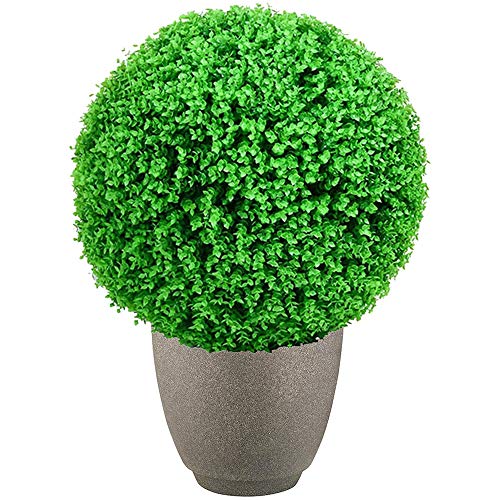
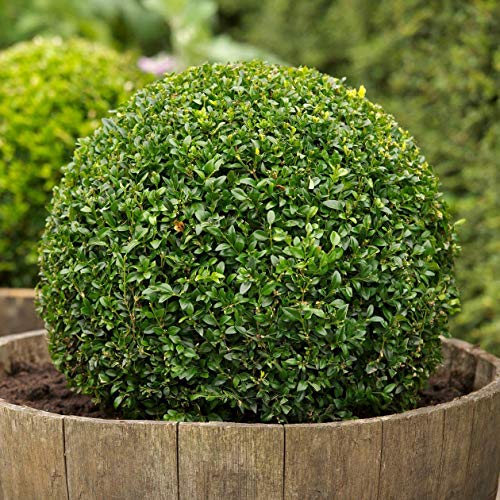

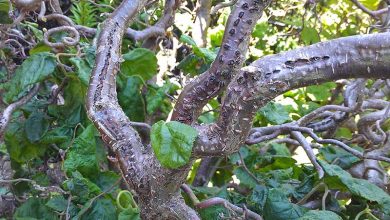
![Photo of Autumn Flowers: [Names, List, Care and Characteristics]](https://www.complete-gardening.com/wp-content/uploads/2021/06/flores_de_1589019104-390x220.jpg)
![Photo of Ceibo: [Cultivation, Irrigation, Care, Pests and Diseases]](https://www.complete-gardening.com/wp-content/uploads/2021/06/Ceibo_1618358382-390x220.jpg)